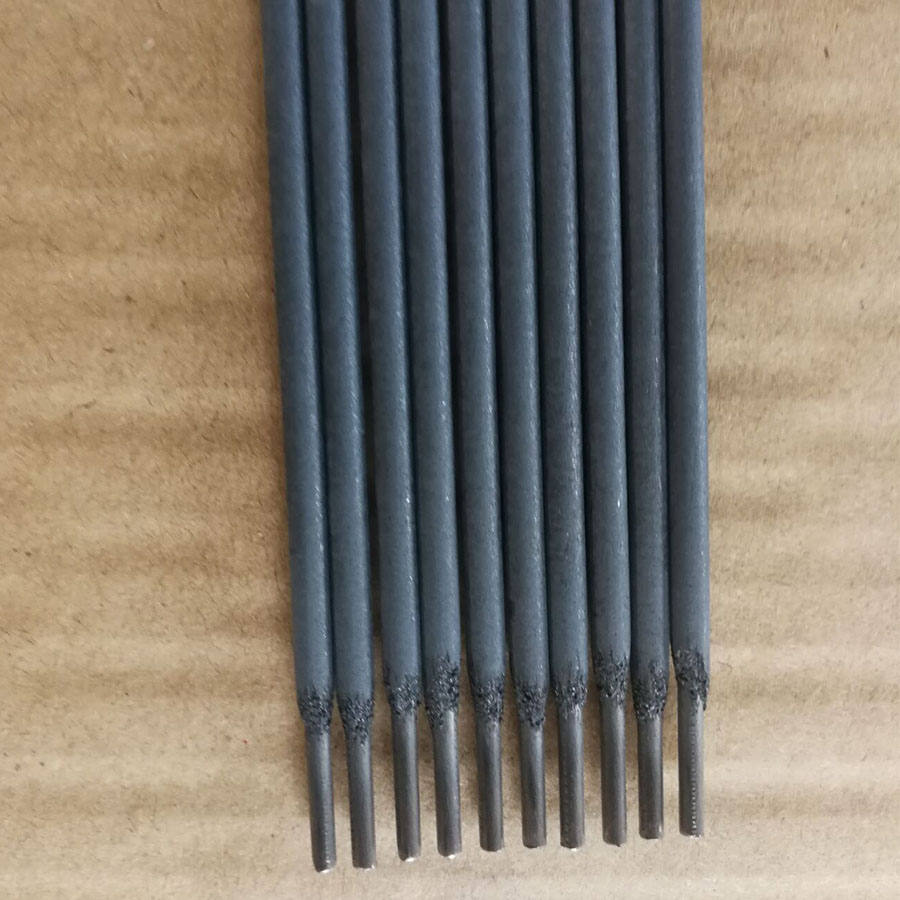Exploring the Benefits and Applications of E71T-1 Welding Wire for Stronger Joint Fabrication
The Versatility of E71T-1 Welding Wire
Welding is a crucial process in various industries, and the choice of welding wire significantly impacts the quality and efficiency of the work. Among the diverse options available, E71T-1 welding wire has gained prominence for its exceptional performance in a variety of applications. This article explores the characteristics, advantages, and applications of E71T-1 welding wire, highlighting why it is a favored choice among welders.
What is E71T-1 Welding Wire?
E71T-1 is a flux-cored welding wire designed for use in gas-shielded and self-shielded welding processes, primarily in the flux-cored arc welding (FCAW) method. It is categorized as a low hydrogen wire, which means that it is formulated to minimize the presence of hydrogen, thereby reducing the risk of hydrogen-induced cracking in high-strength steels. The “E” in E71T-1 indicates it is an electric arc welding rod, while “71” denotes the minimum tensile strength of the weld metal, which is 70,000 psi.
Characteristics of E71T-1 Welding Wire
One of the defining characteristics of E71T-1 welding wire is its ability to produce high-quality welds with minimal spatter. The wire can be used in both flat and horizontal positions, making it versatile for various welding scenarios. Its nominal diameter typically ranges from 0.030 to 0.045 inches, allowing for precision in and control in welding operations.
E71T-1 welding wire is designed for use with mild and many types of low-alloy steels. It primarily features a high deposition rate, meaning it can facilitate faster welding speeds without sacrificing bead appearance or mechanical properties. Additionally, the wire exhibits good penetration and is capable of restoring the original strength of the base metal.
e71t 1 welding wire

Advantages of E71T-1 Welding Wire
The advantages of using E71T-1 welding wire are manifold. First and foremost, it is known for producing clean and aesthetically pleasing welds, which is paramount in applications where visual inspection is critical. The low spatter associated with E71T-1 minimizes cleanup time, enhancing productivity on the job site.
Another notable advantage is its versatility in different environmental conditions. E71T-1 can be employed both indoors and outdoors, thanks to its self-shielding properties, which allows it to work effectively in windy conditions. This makes it particularly useful in construction and maintenance projects that are subject to varying weather conditions.
Furthermore, the wire is relatively easy to use, making it an excellent choice for both seasoned professionals and novice welders. The ease of feeding and adaptability to different welding machines increase its appeal in educational settings and for hobbyists.
Applications of E71T-1 Welding Wire
The applications of E71T-1 welding wire span multiple industries, including construction, automotive, shipbuilding, and manufacturing. It is commonly employed in structural fabrication, where strength and integrity of welds are critical. Additionally, its efficacy in repairing and maintaining equipment makes it invaluable in heavy industries where equipment downtime can be costly.
In conclusion, E71T-1 welding wire stands out as a reliable and efficient choice for many welding projects. With its superior characteristics, such as low spatter, high deposition rates, and versatility, it is an asset in both professional and amateur welding environments. As the welding industry continues to evolve, the demand for high-quality materials like E71T-1 will undoubtedly remain high, ensuring its place in the future of welding technology.
-
E316L Welding Rod: Premium 316L Stainless Steel WeldsNewsAug.11,2025
-
Premium SG2 Welding Wire | High-Quality MIG/MAG for SteelNewsAug.10,2025
-
E309 Welding Electrode: Premium Stainless Steel Stick RodsNewsAug.09,2025
-
Premium Solid MIG Wire for Strong, Reliable WeldsNewsAug.08,2025
-
E6010 Cellulose Electrode: Deep Penetration Steel Welding RodNewsAug.07,2025
-
Premium E316L Welding Rod for 316L Stainless SteelNewsAug.06,2025


